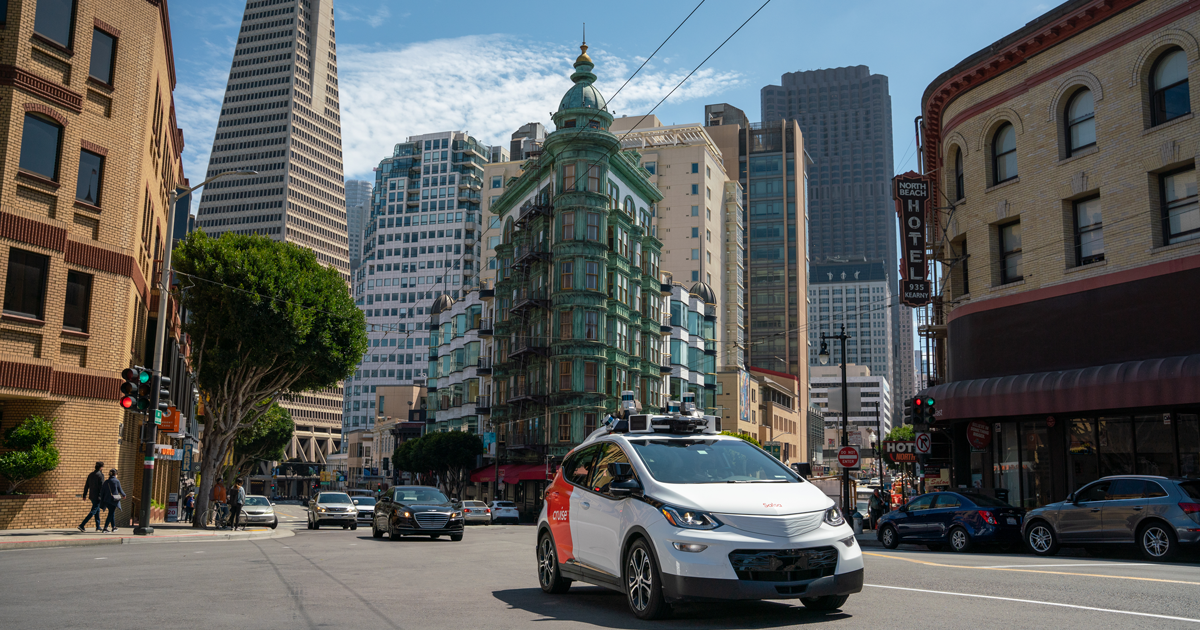
The California Public Utilities Commission voted in favor of expanding the operations of two robotaxi companies in the city, dealing a victory to companies seeking to expand their presence in San Francisco and beyond.
After repeated delays and a marathon seven-hour public meeting, the commission finally decided in consecutive 3-to-1 votes on Thursday to accept the applications, a decision that has implications for the self-driving space and for unions, safety advocates and others tussling over its growth.
“This technology has the ability to help California meet its clean energy and transportation goals, as these carriers offer service in electric vehicles” said Commissioner John Reynolds shortly before the vote. “AVs also provide people with more transportation options, and have the potential to offer transformative options for those with disabilities.”
The decision comes as companies raise and spend billions on their self-driving technology and bank on expansion. Waymo completed an investment round of $2.5 billion in June 2021, and in 2022, the company expanded public service from San Francisco to Phoenix. It also began testing vehicles in Los Angeles.
“Today’s permit marks the true beginning of our commercial operations in San Francisco,” said Tekedra Mawakana, co-CEO of Waymo, in a statement. “We’re incredibly grateful for this vote of confidence from the CPUC, and to the communities and riders who have supported our service.”
General Motors, the majority owner of Cruise, has said the robotaxi company is slated to reach $1 billion in revenue by 2025. Cruise’s CEO, Kyle Vogt, told Automotive News in April that “almost all” of the company’s energy is directed toward “scaling,” including “figuring out how to set up new markets.”
GM bought a $2.1 billion equity ownership stake in Cruise in March 2022 and promised another $1.35 billion investment.
“It’s important for these companies to actually have this approval,” said Akshay Singh, an automotive industries principal at PwC. “It’s an important hurdle to cross” because if “one city demonstrates that it’s actually safe to deploy robotaxis and safe to operate robotaxis, then it gives confidence to other cities.”
As companies pour cash into these ventures, vehicles have been haunted by safety issues and hostility from the public in cities such as San Francisco. Indeed, repeated public commenters in person and on the phone at the CPUC meeting raised concerns about safety impacts. Others said autonomous vehicles would make streets safer.
Cruise vehicles have had difficulty navigating intersections and have blocked traffic, and both companies’ vehicles have impeded first responders.
In a presentation last week, representatives from the San Francisco Fire Department, Police Department and Municipal Transportation Agency said the city is aware of nearly 600 unexpected stops for driverless vehicles, which they said is likely an underestimate. The Fire Department has logged about 50 written reports of interference, including obstructing stations, contacts or near misses with personnel or equipment or unpredictable operations near a response zone.
“Driverless AVs are not ready to scale in San Francisco,” the agencies wrote in a presentation. “Giving Cruise & Waymo authority to expand at their own discretion does not serve public safety.”
The city has had 11 traffic fatalities so far this year.
In San Francisco, activists have taken to disabling Waymo and Cruise vehicles by crowning the vehicles with traffic cones to disable sensors. One public commenter at the meeting wielded a collapsible traffic cone during his statement.
Cruise has already begun commercial service in some parts of San Francisco between 10 a.m. and 5 p.m., and it is seeking to expand its commercial service area and hours.
Waymo can’t currently charge for rides, and its application aims to begin commercial service.
San Francisco already has more than 500 autonomous vehicles in operation.
The decision allows Cruise to “challenge an unsafe, inaccessible transportation status quo” and the company “will continue to work closely with our regulators, first responders, and other key stakeholders as we expand our service to more people,” said Prashanthi Raman, vice president of global government affairs at Cruise, in a statement.

